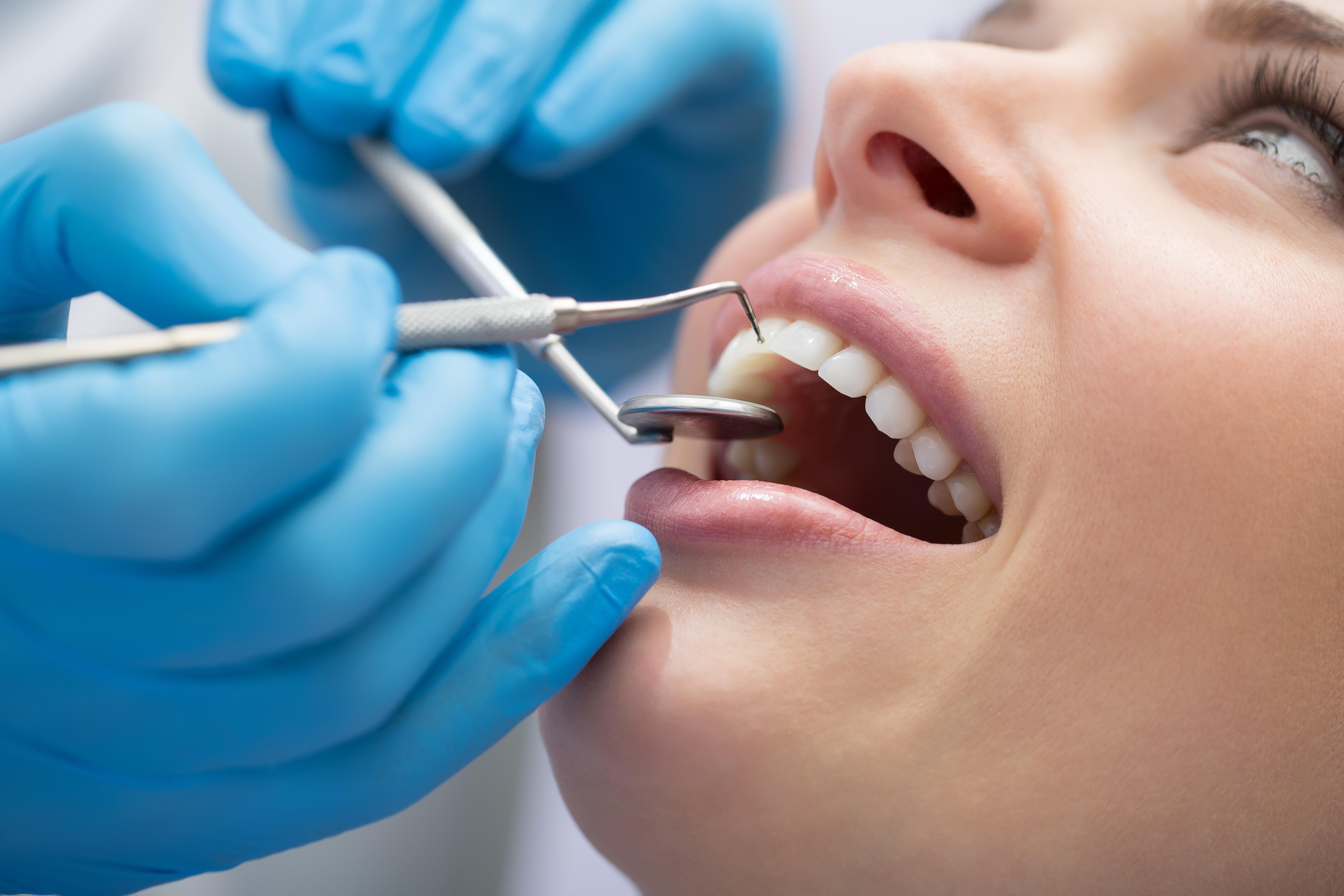An Overview to Common Dental Conditions That Require a Dental practitioner's Care
Toothaches, for instance, can be symptomatic of severe issues such as cavities, split teeth, or abscesses, each requiring certain treatments like fillings or origin canals. Impacted wisdom teeth and jaw problems can introduce considerable pain and problems.
Toothaches
Toothaches are a typical dental condition that can vary from moderate pain to extreme pain, often indicating an underlying issue that calls for professional attention. This discomfort can stem from a range of resources, including tooth decays, fractured or fractured teeth, and oral abscesses. Each of these conditions positions significant threats if left untreated, potentially resulting in a lot more extreme issues.
Tooth decays, likewise called caries, are triggered by the build-up of plaque that deteriorates tooth enamel, leading to openings or pits in the affected teeth. Split or fractured teeth, on the various other hand, might arise from injury, grinding, or attacking right into hard things. These architectural problems can reveal the sensitive inner layers of the tooth, causing sharp pain and boosting the threat of infection. Abscesses are agonizing infections at the origin of a tooth or between the gum and a tooth, typically resulting from severe degeneration or neglected dental caries.
Efficient treatment of toothaches entails attending to the source. This might consist of fillings for cavities, crowns for fractured teeth, or root canals and antibiotics for abscesses. Early intervention by an oral professional can stop additional wear and tear and ease pain, guaranteeing optimum oral health.
Gum Tissue Condition

The key root cause of gum tissue illness is bacterial plaque, a sticky, anemic film that frequently creates on teeth. Poor dental hygiene, smoking, hereditary tendency, and specific medical problems, such as diabetic issues, can intensify the risk of creating gum tissue condition. Routine oral examinations are essential for early detection and management of this condition.
Therapy for gum tissue illness ranges from specialist oral cleaning and scaling to more advanced treatments like root planing and gum surgical treatment, depending upon the seriousness. Keeping great oral hygiene practices, consisting of cleaning two times daily, flossing, and using a disinfectant mouthwash, can significantly decrease the risk of periodontal condition and promote healthier gum tissues.
Cavities
Tooth cavities, additionally called cavities, are a common dental problem defined by the devastation of tooth enamel due to acid-producing germs in the mouth. These germs grow on sugars and starches from food and beverages, creating acids that progressively erode the enamel, leading to tooth cavity development.
Early-stage dental caries may not reveal signs and symptoms, but as they advance, they can create toothache, sensitivity to warm or cool, noticeable openings or pits in the teeth, and discoloration. If left untreated, dental caries can pass through much deeper layers of the tooth, possibly leading to serious discomfort, infection, and also missing teeth.
Stopping cavities involves a combination of excellent oral hygiene practices and dietary practices. Routine brushing with fluoride toothpaste, flossing, and routine oral exams are important. Dental experts might also suggest additional safety nets, such as fluoride treatments and oral sealers, to protect teeth from decay.
Minor tooth cavities can be resolved with dental fillings, which recover the tooth's structure. Much more advanced instances may call for crowns or even origin canal therapy if the degeneration has actually reached the tooth's pulp.
Impacted Wisdom Pearly Whites
Impacted knowledge teeth are a widespread oral issue that takes place when the third molars, typically described as wisdom teeth, fall short to completely emerge or straighten appropriately within the mouth. This condition usually arises from inadequate space in the jaw or an uncommon growth angle of the teeth. Affected wisdom teeth can bring about a variety of difficulties, including damages, pain, and infection to surrounding teeth.
When knowledge teeth end up being influenced, they are commonly partially emerged or remain entirely underneath the gum tissue line. This partial eruption can create a path for microorganisms to enter the periodontals, leading to infections that manifest as swelling, discomfort, and even high temperature (dentist eugene or). Additionally, influenced wisdom teeth can put in stress on bordering teeth, possibly creating crowding or moving
A thorough dental evaluation, usually including X-rays, is essential for diagnosing impacted knowledge teeth. Normal dental check-ups are a good idea to check the condition and maintain dental health.
Jaw Problems
Verdict

Dental cavities, additionally known as decays, are caused by the build-up of plaque that deteriorates tooth enamel, leading to holes or pits in the impacted teeth. Abscesses are unpleasant infections at the root of a tooth or between the periodontal and a tooth, usually resulting from severe degeneration or without treatment dental caries.
Impacted wisdom teeth are a common oral issue that happens when the third molars, frequently referred to as wisdom teeth, fall short to totally emerge or straighten properly within the mouth. Influenced knowledge teeth can lead to a range of difficulties, consisting of discomfort, damage, and infection to adjacent teeth.
Additionally, influenced wisdom teeth can exert pressure on surrounding teeth, possibly imp source creating crowding or moving.